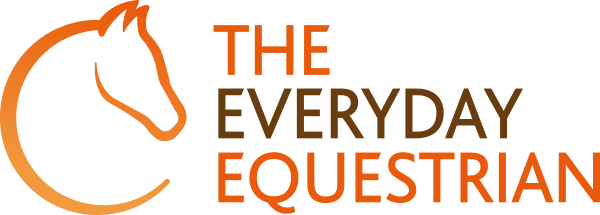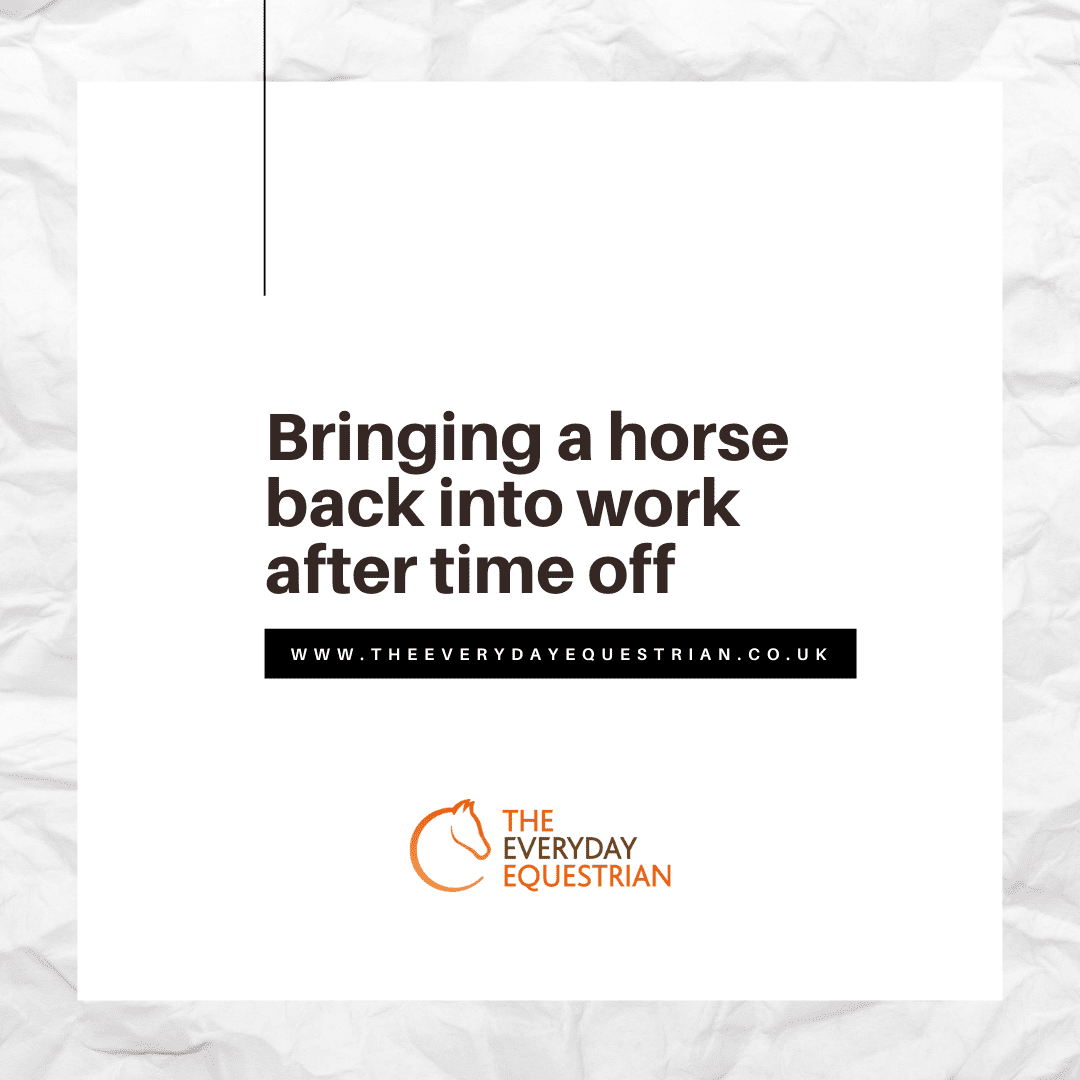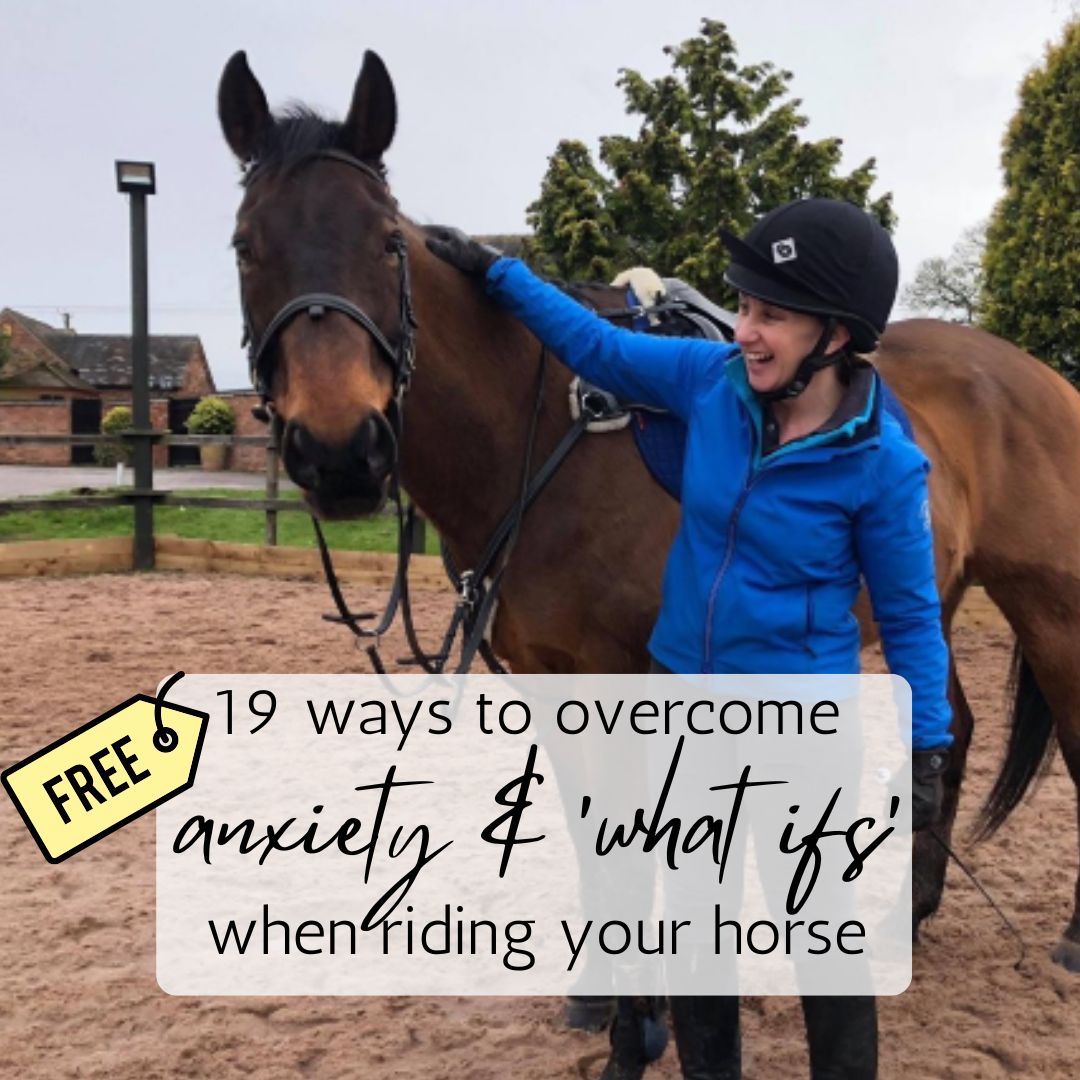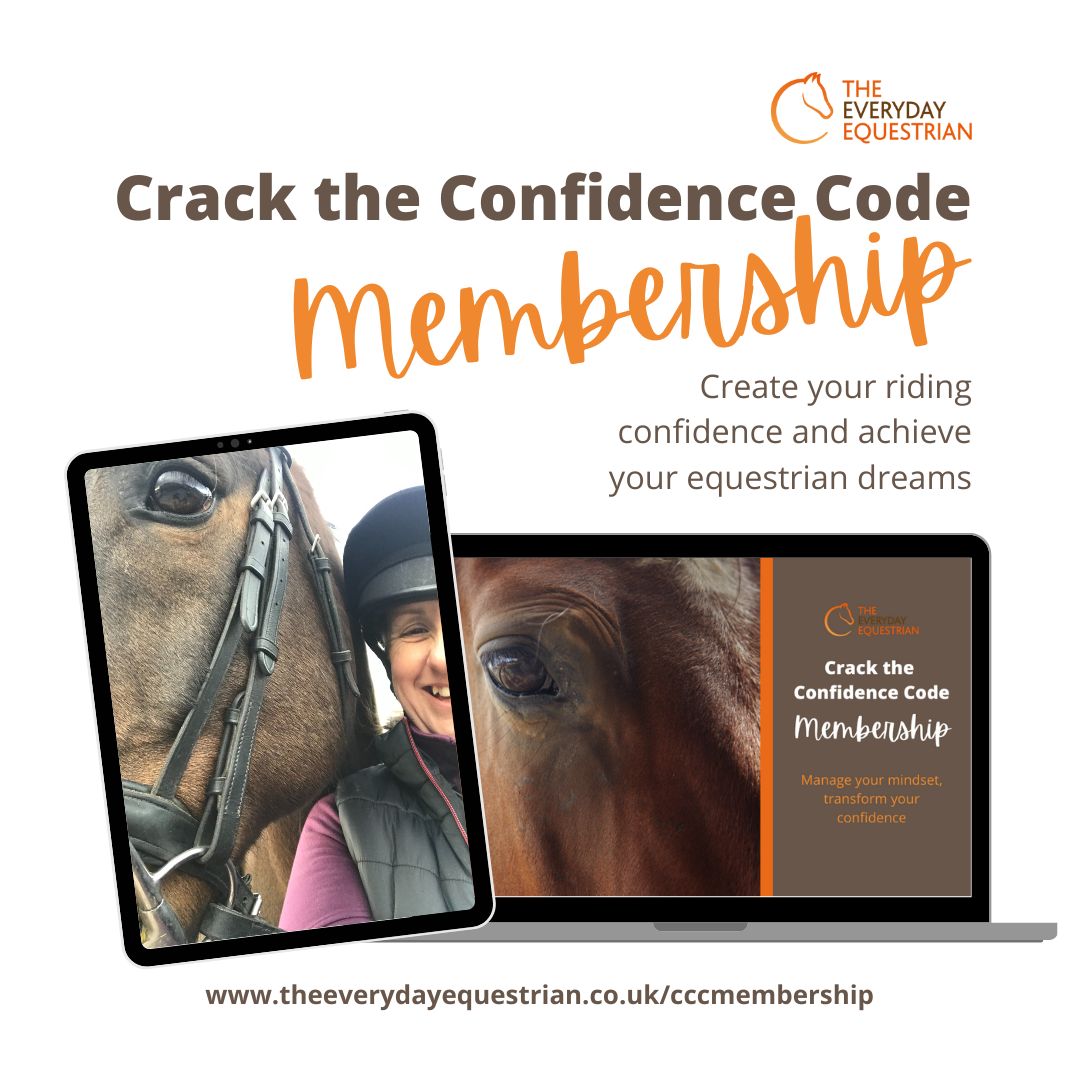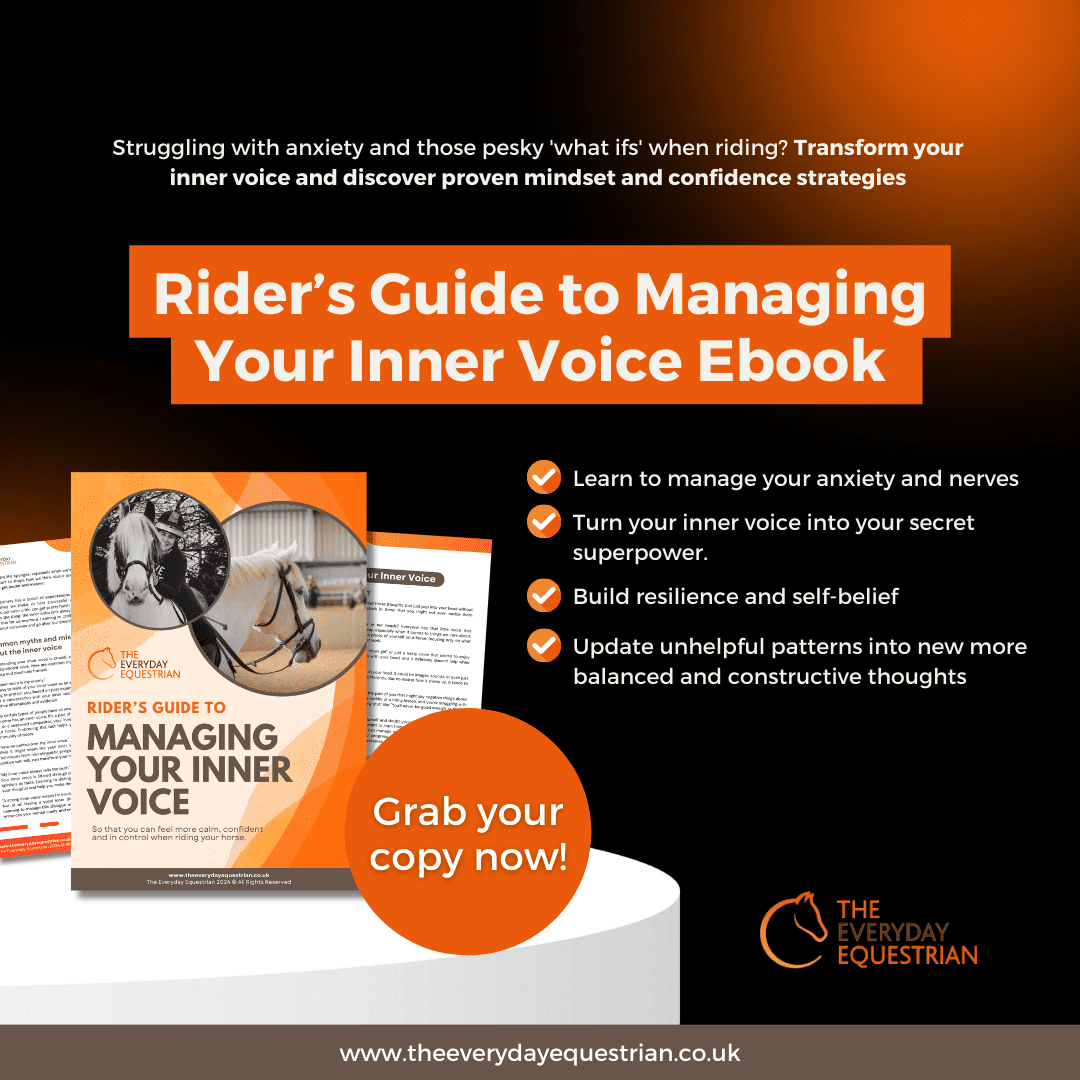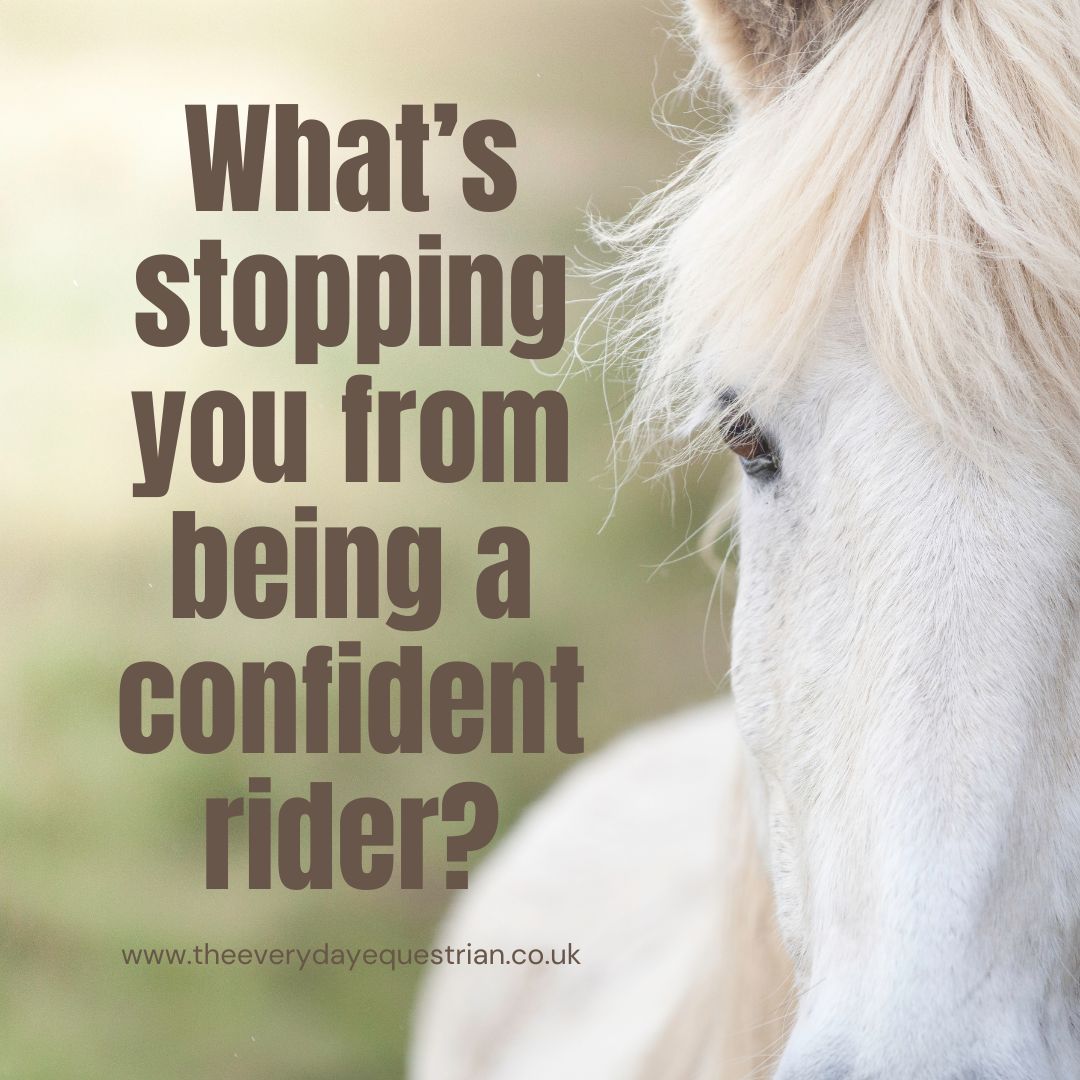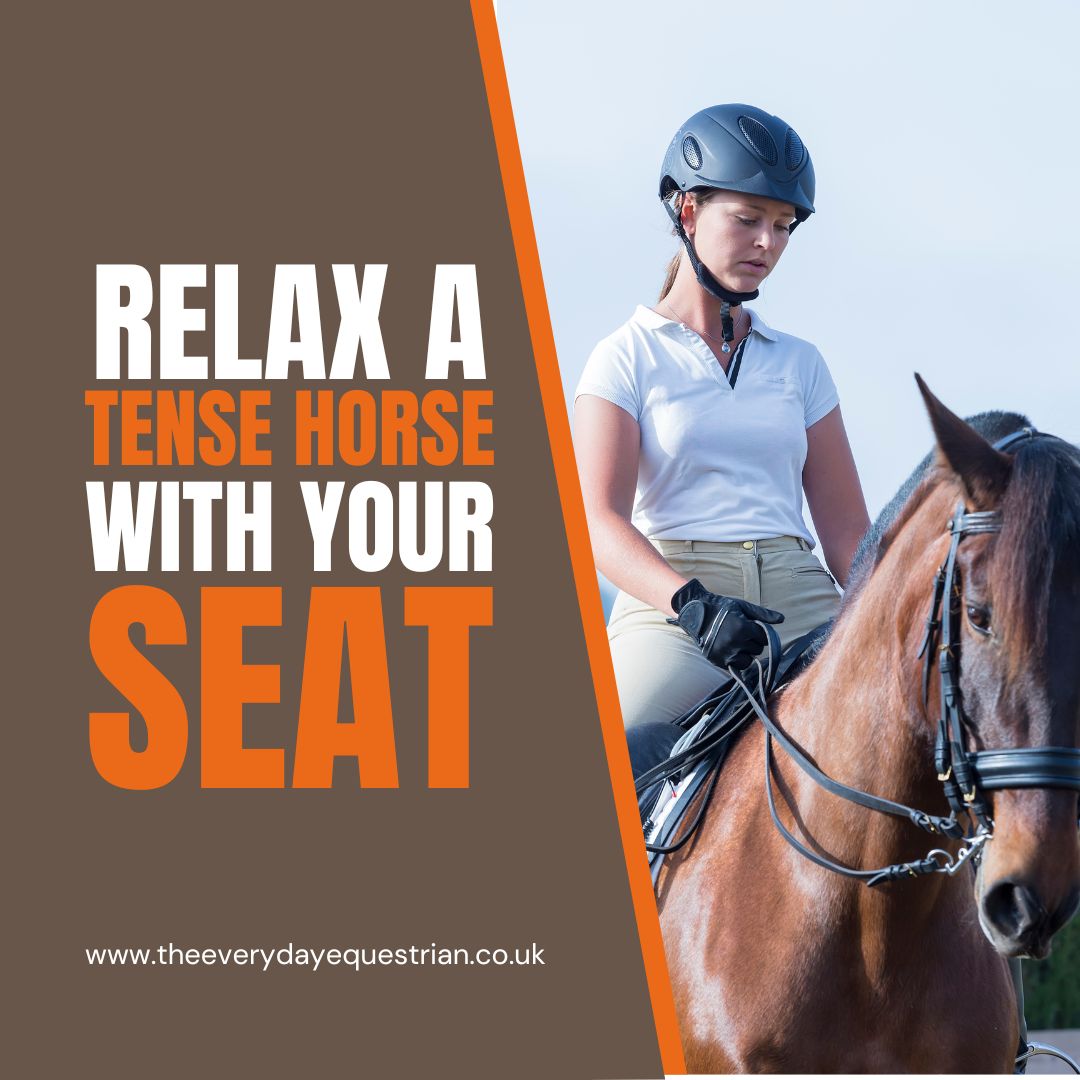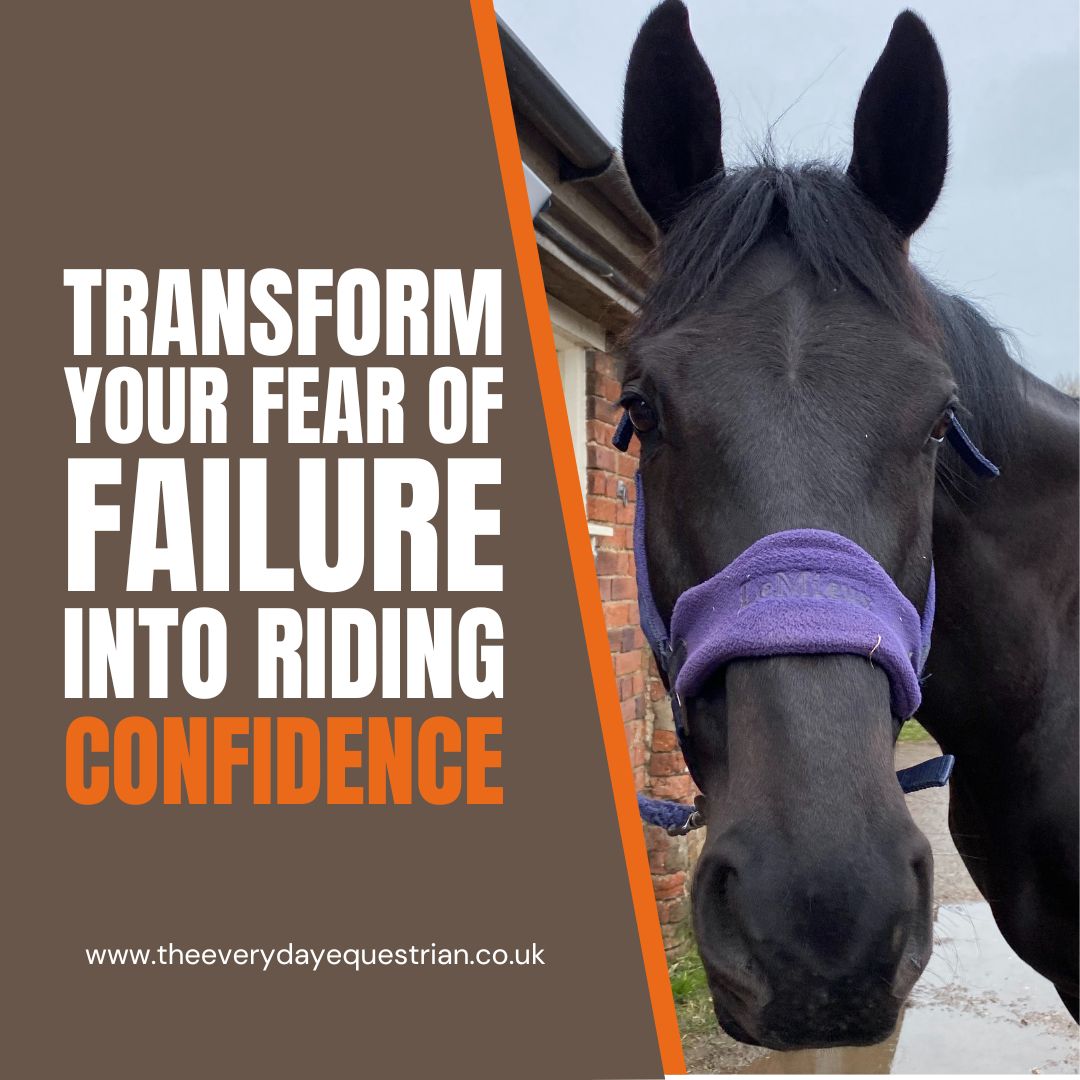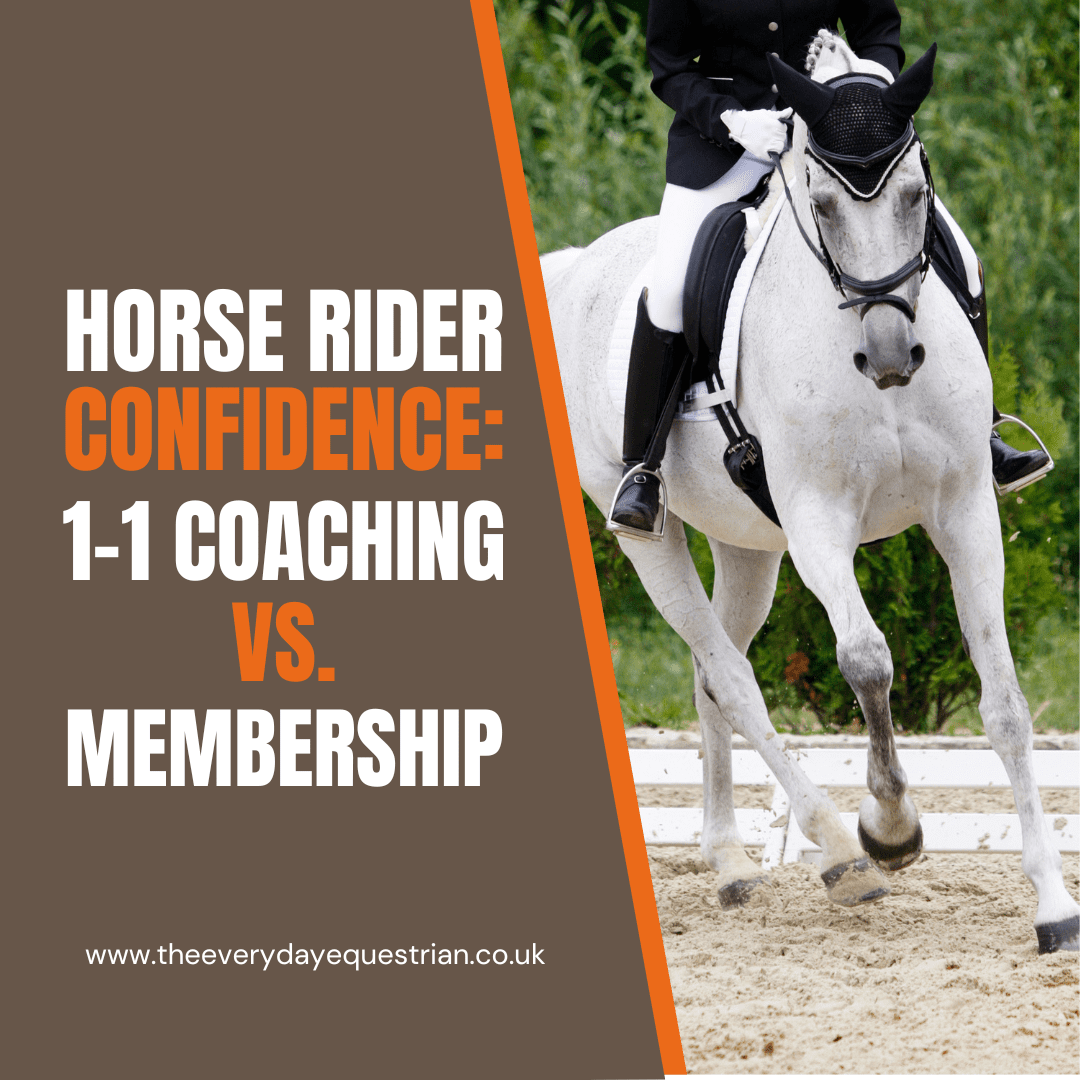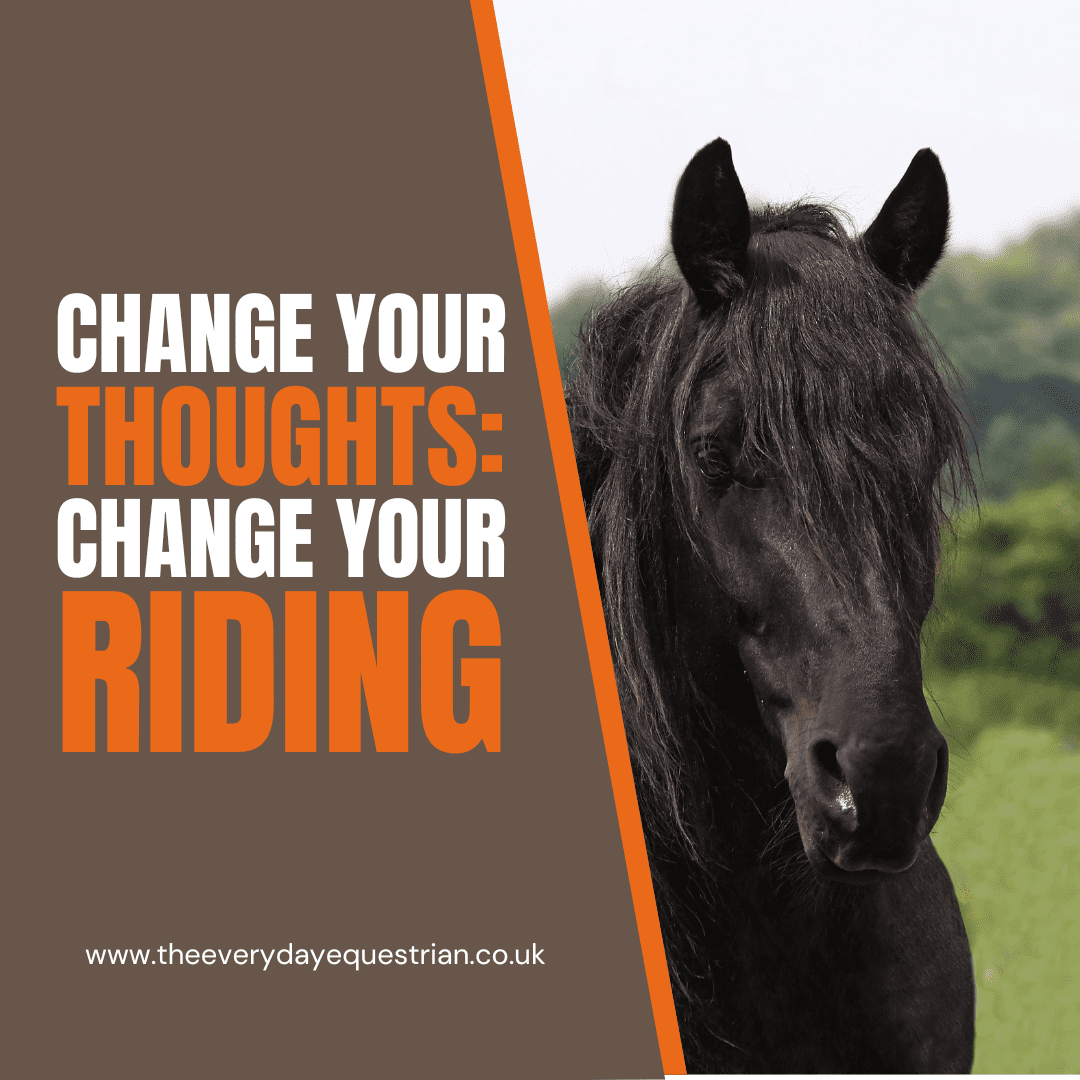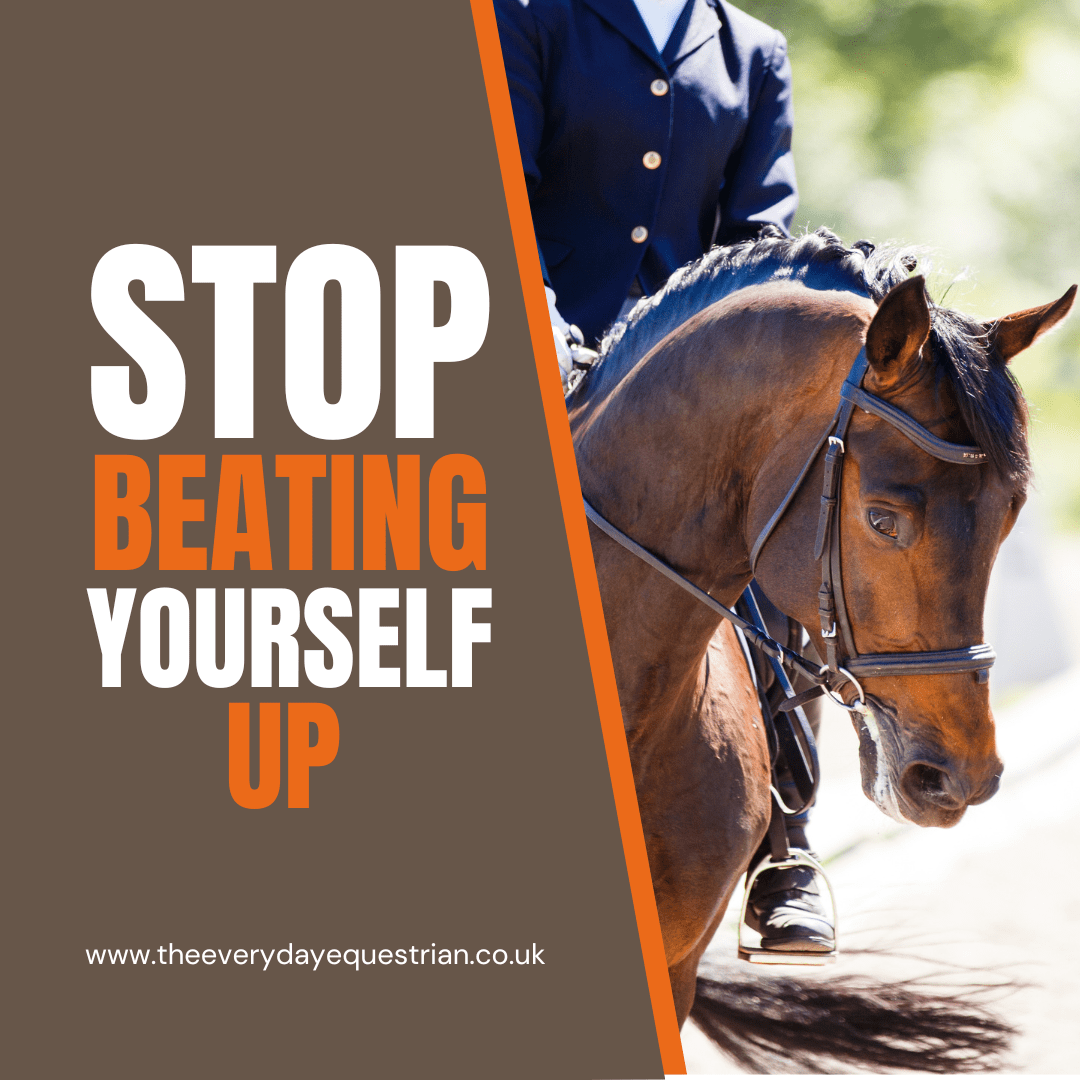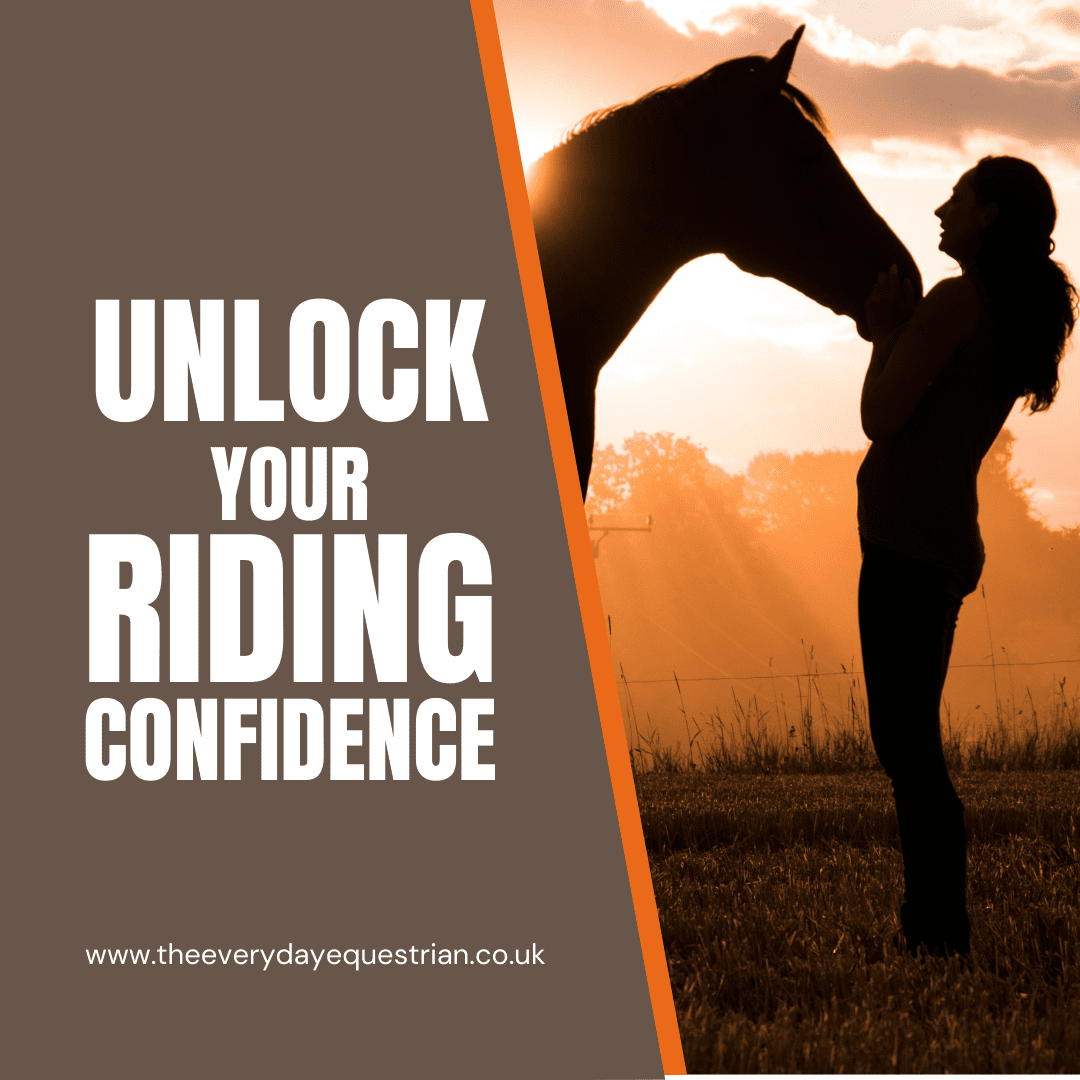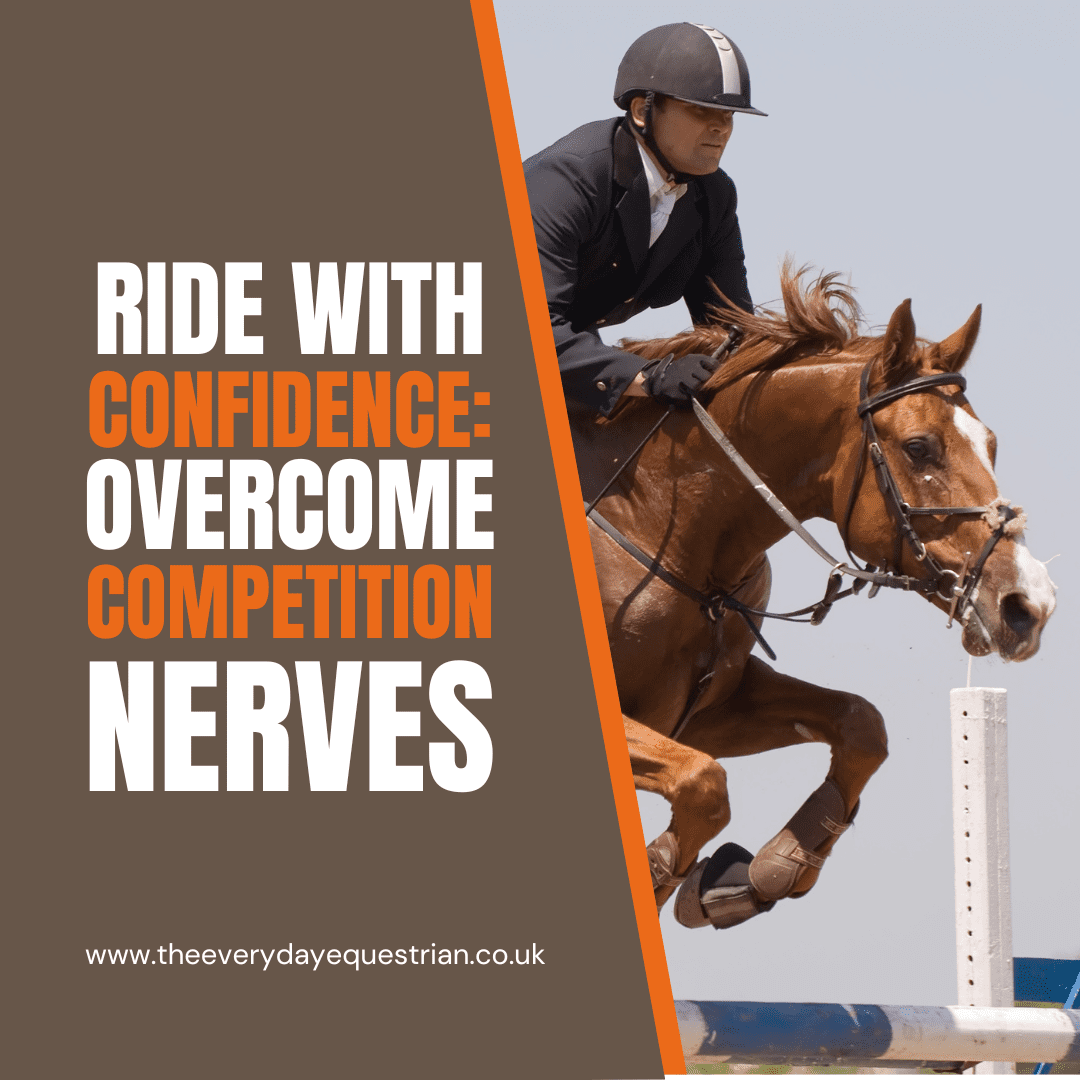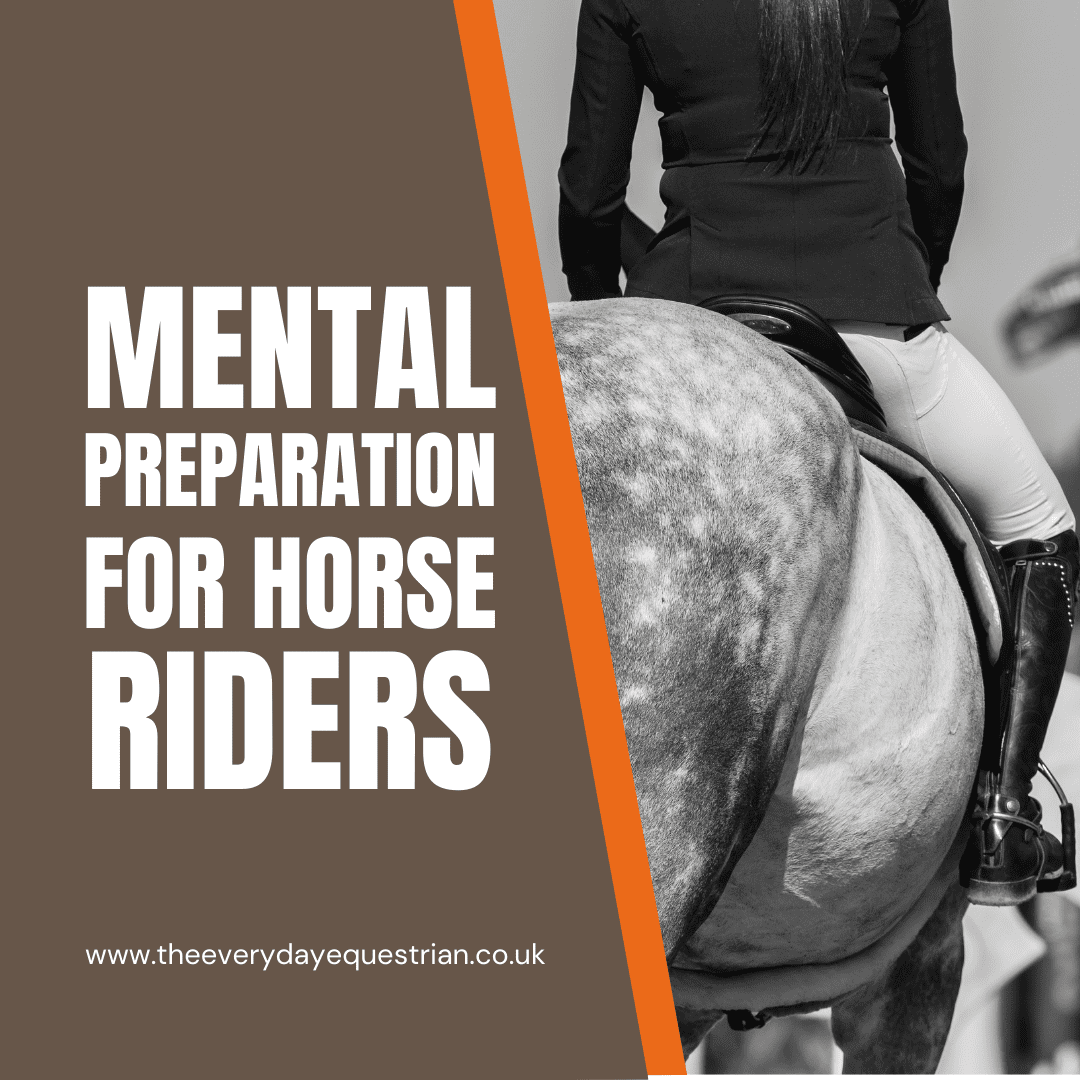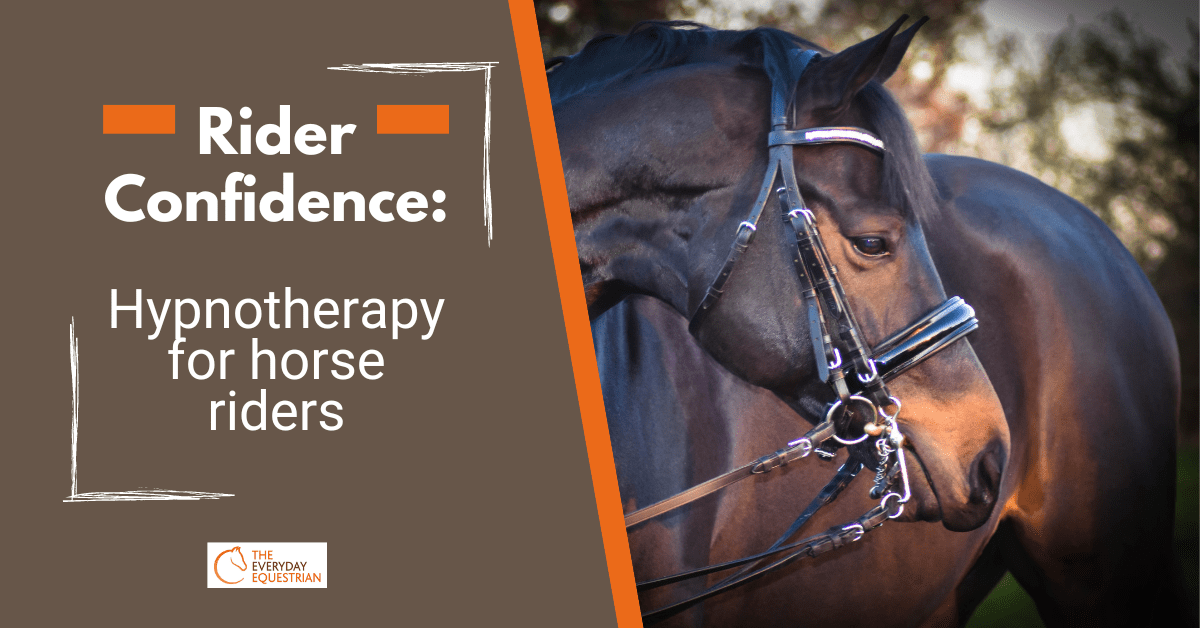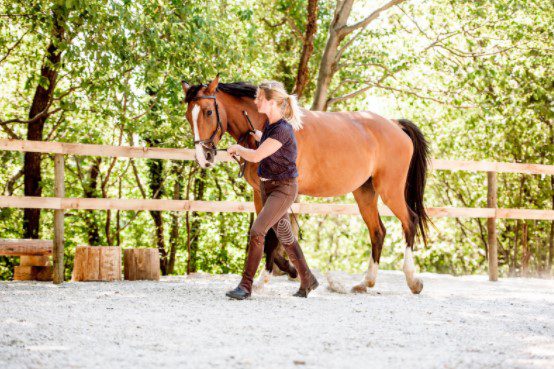
Bringing a horse back into work is not as simple as just getting back on and hoping for the best. Many horse’s need to be ridden regularly to stay sound when ridden and if your horse has been out of work for a while you will need to put a strict plan in place in order to get them back into work.
There are many reasons why your horse may have been out of work and here we will look at some of the key points.
Reasons for bringing your horse back into work
Winter
During the winter you will appreciate how difficult keeping your horse in regular work can be. You may not have felt like riding yourself in the cold wet weather. Conditions may have made the ground unsafe for ridden work such as flooded or icy arenas or soggy fields. Horses tend to lose a bit of condition in the winter so you may find your horse unwilling to work or work at the level you have done previously in the warmer months.
Rehabilitation following injury
Your horse may have had an injury which has put them out of work. Sometimes the rest period can be for quite a long time and you may. Putting a plan into place for the rehabilitation period is a wise idea. It can take a lot of time and patience on your part and can often be quite a while before you can ride in the same way you did pre-injury.
Lack/change of facilities
A lack or change in facilities can be a major factor in how often you ride. Maybe you had been forced to move yards temporarily through no fault of your own and facilities were limited. Maybe you weren’t able to book sufficient time in the arena. Perhaps you have moved yards and were a bit apprehensive or nervous of riding your horse in new surroundings. Arenas are renowned for getting flooded during the rainy season so maybe that is why you have ridden for a while.
Rider commitments & life!
Often we find that life and family commitments get in the way of the things we love the most. Sometimes we go through phases in life where we can’t seem to fit everything in and riding activities get pushed to the side. It’s ok to admit you haven’t had the time, but very important you phase your horse back into work gradually.
Tips for bringing your horse back into work
First and foremost: Planning and Preparation is key!
Vet Check
Since your horse may have been out of work for a while it is also a wise idea as the first port of call to ask your vet to come and give your horse a thorough health check. This is especially important if your horse has been out of work due to injury. They may not be ready to come back into work yet and a qualified vet will be able to advise you accordingly. Having your horse’s teeth checked is also a great idea. Unchecked, poorly teeth can cause many problems which can easily be avoided.
Feet
Regardless of whether you decided to leave your horse with or without shoes whilst they were not in work, you will need to ask your farrier to come and check your horse’s feet before getting back in the saddle. Depending on the condition of your horse’s feet your farrier will be able to advise accordingly about whether or not your horse should be shod. Having a farrier check your horse’s feet is an important first step to ensure your horse will be comfortable once ridden.
Tack Fitting
There’s no doubt about it, time out at grass can have its implications on your horse’s weight, condition and muscle mass. You must ask a qualified saddle fitter to come out and check your horse’s saddle still fits correctly and comfortably. Ill-fitting tack can cause a whole host of problems for your horse nearly all related to pain. Even the smallest amounts of changes to your horse’s body can have a negative effect on how a saddle fits.
Feeding
Initially, you may not need to make any significant changes to your horse’s diet when you start to bring them back into work. You will need to assess your horse’s condition to determine if any extra concentrate feeds are required. Is your horse in good condition after their time off? Have they lost or gained weight? Is your horse generally a good doer? You will usually find that grass and hay will be sufficient during the walking stages of bringing your horse back into work.
Lunging
It may seem like a completely natural thing to initially start your horse on the lunge before getting on board. This has some pros and cons that we will explain in more detail. Your horse hasn’t been ridden for a while and may find everything quite exciting to begin with after all those months in the field. Lunging can certainly take the edge off and you may be in a situation where you lunge your horse anyway before ridden work. However, lunging is usually discouraged when bringing your horse back into work especially if they have been off with an injury. Lunging can put excess strain on joints and ligaments which could cause further injuries. If you can, it is always best to avoid lunging until your horse is back to optimum fitness.
Getting On Board
Getting on board for the first time after a period of not riding can be a daunting experience for both you and your horse. It is always best to take things slowly. You may initially want to do some groundwork with your horse before taking the plunge and jumping on board to build and regain trust. Going into the situation as if you were backing a youngster is a sensible approach and it can be hard to tell how quickly a horse will fall back into ridden life. When first mounting maybe try and lie over your horse initially to get them used to weight on their back again. Taking these small steps can often make the process much smoother without the need to rush your horse into anything too quickly. Allowing them time to acclimatise is important.
The First 4-6 Weeks
For the first 4-6 week of the fitness plan, you will want to stick to walking your horse. The fitness plan is built upon gradual phases and you want to ease your horse back into ridden work slowly. Ideally, you want to be walking your horse out on soft, flat surfaces or tracks 5-6 days a week for 20-30 mins at a time. Routes with lots of straight lines are ideal. Later on, in the phase start to introduce some hill work which will help slowly build on muscle strength and fitness levels. Taking a trusty companion/friend out with you can be helpful to both you and your horse to build on confidence. Although lunging before a ride at this phase is not ideal if you feel your horse is likely to be difficult and safety will be compromised then a short burst on the lunge is ok.
Trot Work
Over the next 4-6 weeks start introducing some trot work into your fitness programme. Always ensure that you are trotting on surfaces that provide a bit of give such as grass or a sand school/arena. Roadwork tends to put a lot of pressure on joints and ligaments so should be avoided where possible. Start with short bursts of trot and then back to walk. Build on the length of time you remain in trot as the weeks go by. By week 4 you should introduce some trot hill work. You should start to notice your horse’s fitness levels gradually increasing which you should keep monitoring. Always ensure you spend a good period warming up your horse up and cooling off in walk to allow your horse’s muscle to relax.
Canter Work
After 4-6 weeks of progressive trot, you can start introducing some canter into your fitness plan. Start small with blocks of 1-2 mins of canter at a time gradually increasing the length over time. Interval training is also a great tool. Start by doing 1 minute of canter and then 2 mins of trot and repeat. Over time you can increase the length of each trot and canter block. At this stage, you want to introduce schooling into the mix such as including circles as well as straight lines.
Monitor Progress
Lastly, as you continue to build your horse back up to fitness monitor closely any changes and take appropriate action. This could be the shape of your horse where you may need to get a saddle check again (very likely). Or your horse’s energy levels (They may require more or different types of hard feed to be able to carry out the work required). Continually assess your horse’s recovery times and general wellbeing whilst working. If you need to continue walking for longer then feel free to do so. Every horse is an individual and should be treated as such. Take everything in baby steps for the best results.
